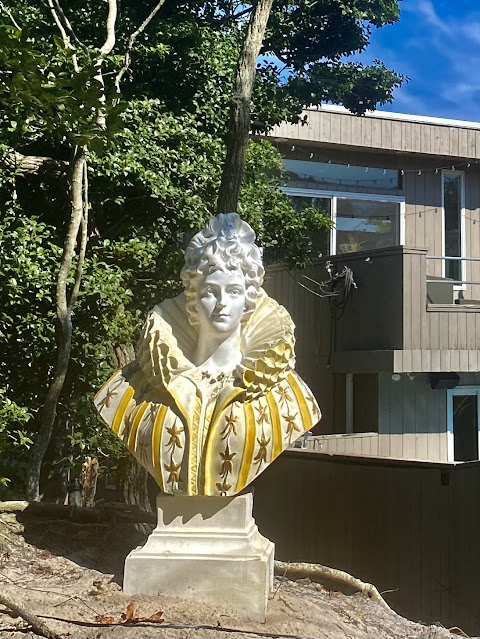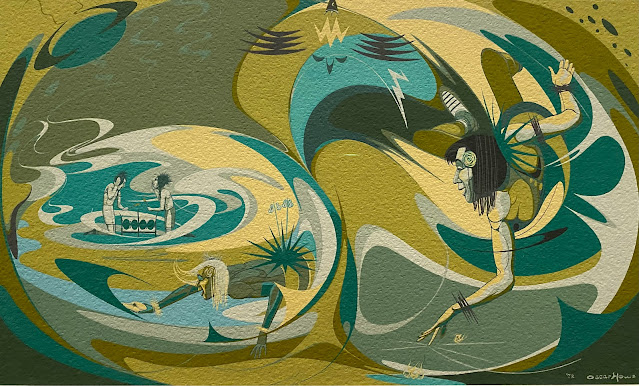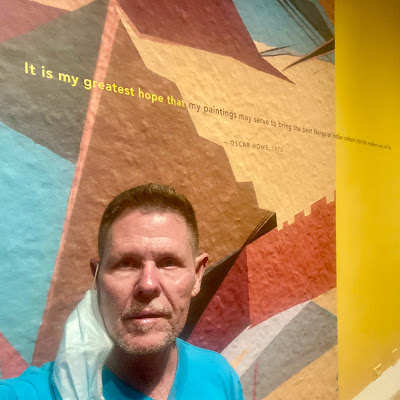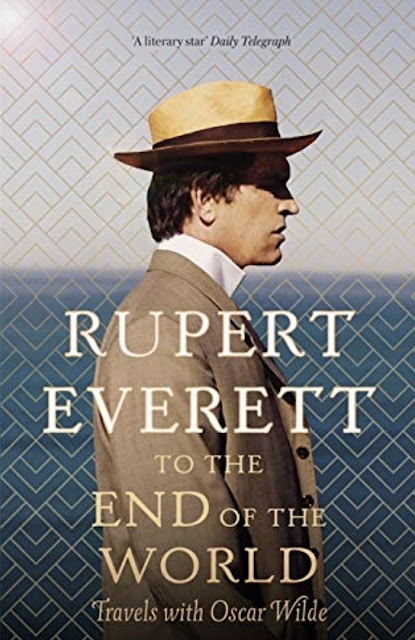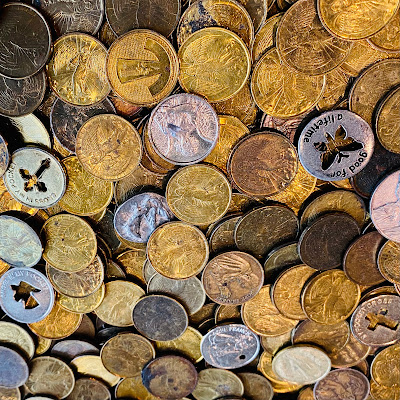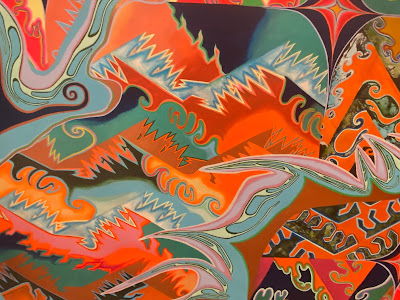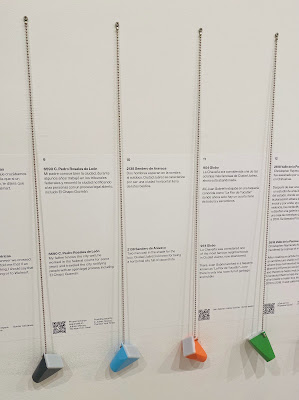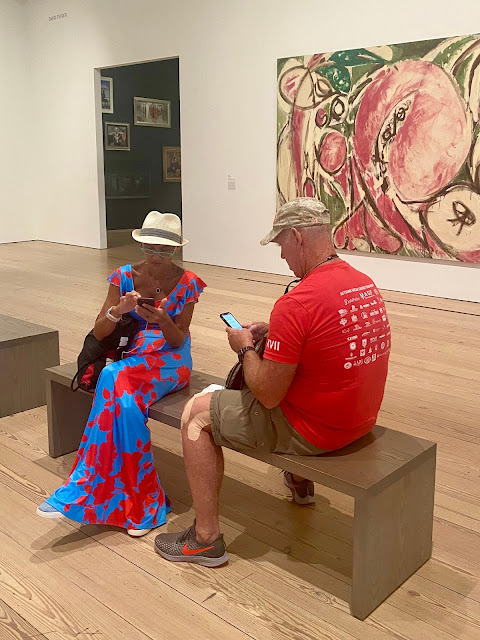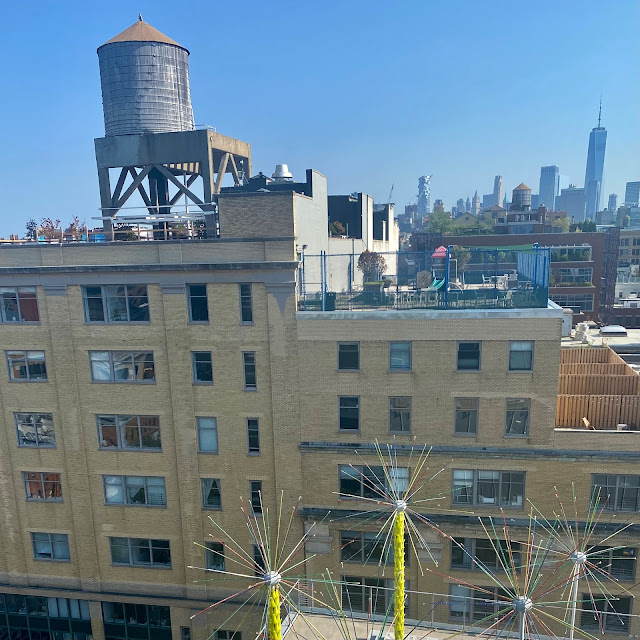I won't lie: the pulp fiction aspects of Robert Jones, Jr.'s lyrically written debut novel--which frequently veer into Mandingo territory--kept me a lot more engaged than the sermonizing voice he employs to comment on the characters' awful circumstances. Nevertheless, he illuminates enslavement and racism more empathically than ever before and not just because the protagonists of his book are a pair of hunky black lovers. For example, just imagine how it must feel to look into the eyes of "massa" first time when both of you know but have never acknowledge that he is your birth father.
Jones uses "toubab" more frequently than the N word, as you might expect in a story about plantation life told by black people. With Central and West African language origins, it may derive from a word meaning "to convert," a nod to the mission of white Christians who colonized that continent. This reinforces the central irony of the novel: the enslaved peoples of "Empty," the plantation where the novel is set, tolerate the love between men until one of their number persuades "massa" to preach the gospel to his brethren. Jones bolsters this "before the fall" narrative with unconvincing flashbacks to a "paradise lost" kingdom in which women rule and subjects can freely choose their gender once they reach a certain age.
More successfully, he portrays the strength of a matriarchal society that has been forced to develop coping strategies that no doubt continue to serve black women well. In fact, if I'm reading Jones correctly (and I'm woefully ignorant of Christian theology) he commits the ultimate act of cultural appropriation by turning a central character into Mary and the penultimate chapter into a parable of the Resurrection.
Right on!







